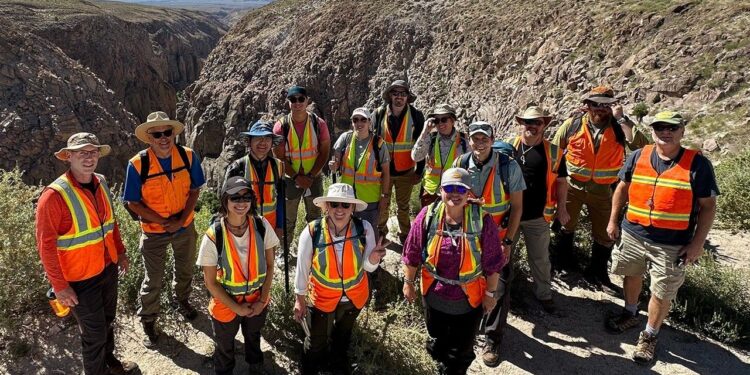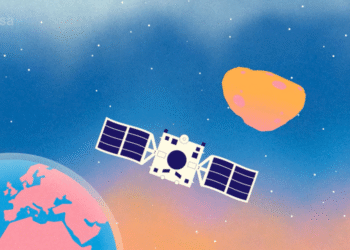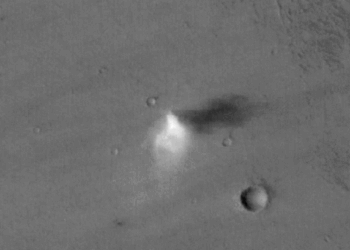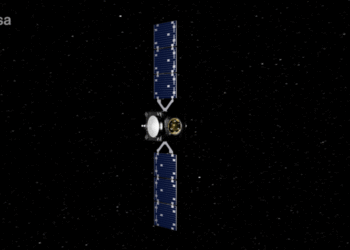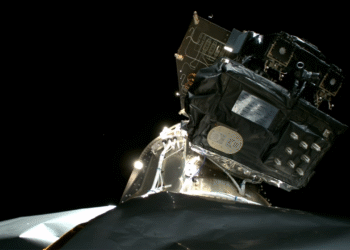The expansive geological formations of Long Valley Caldera hold crucial insights into the Earth’s ancient volcanic activities. A dedicated team from NASA’s Goddard Space Flight Center recently embarked on an expedition to delve into these formations. Their primary objective is to understand historic volcanic activity patterns and what they could reveal about the planet’s geological past.
The Long Valley Caldera, one of the Earth’s largest calderas, provides researchers with a unique opportunity to study the remnants of past volcanic eruptions. By analyzing various rock samples, NASA scientists aim to gain a better comprehension of how volcanic activity has evolved over millions of years.
Objectives and Methodology
The team uses advanced analytical techniques to study trace elements in rock formations, aiming to extrapolate data about volcanic gas emissions and eruption timelines. This understanding is essential for modeling future volcanic activities and anticipating potential natural hazards.
- Investigating ancient magma chambers.
- Mapping the geological structures within the caldera.
- Studying mineral compositions to identify eruption periods.
Significance of the Study
This research is pivotal not only in understanding the history of volcanic activity on Earth but also in aiding the study of volcanic formations and eruptions on other planetary bodies. The data and insights gleaned from this expedition may inform future missions, including those targeted at understanding similar structures on the surfaces of planets like Mars.
By comprehensively analyzing the volcanic remains, the Goddard team hopes to contribute significantly to the global geosciences community’s understanding of volcanic processes.
For more detailed information on this exploration, you can visit the source article.


